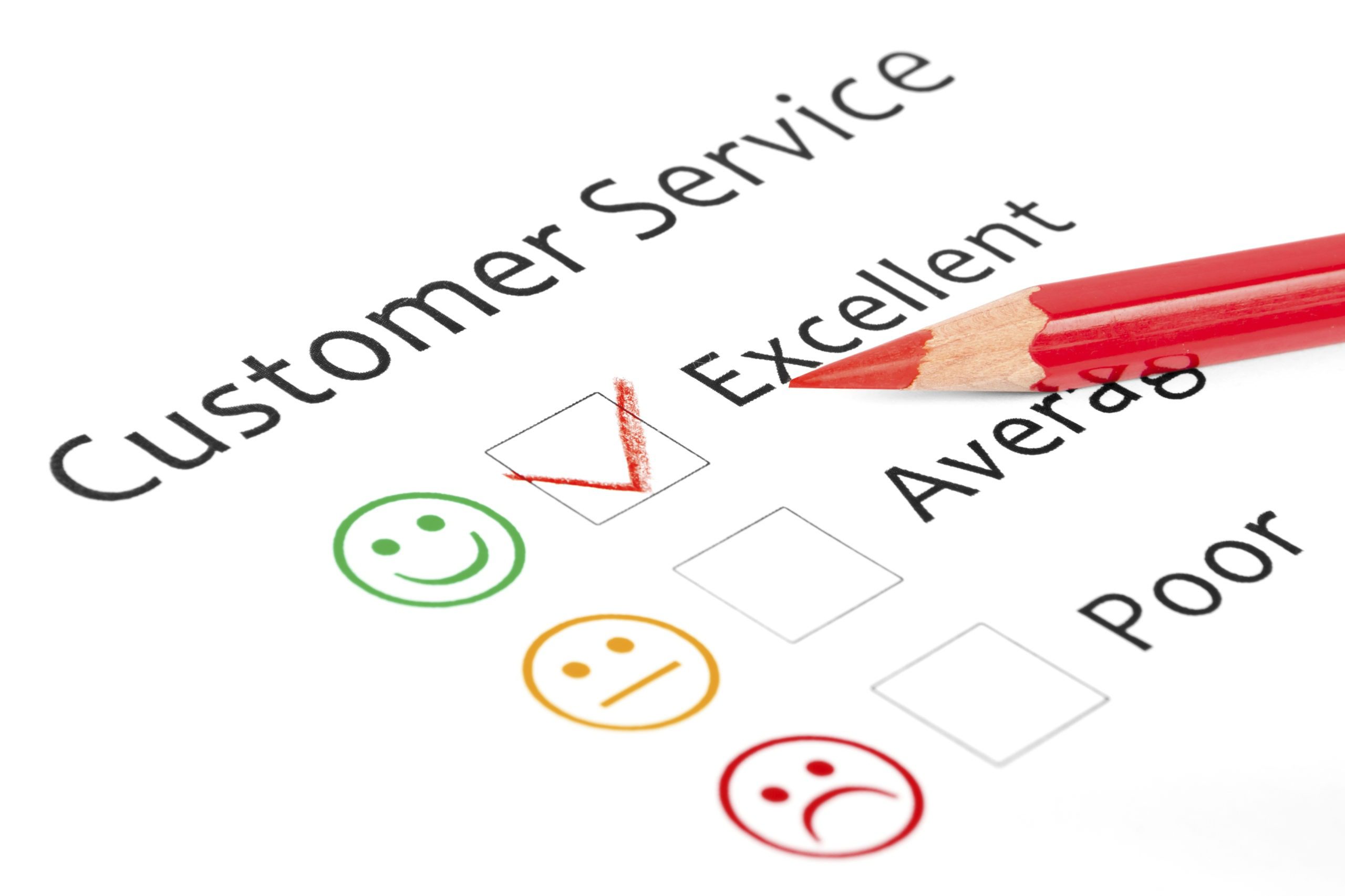The famous saying that technology has a gift for everyone is not false. Looking at the construction industry, artificial intelligence (AI) is driving a trend never seen before. It’s influencing how construction works are done through digital models such as digital twin technology.
Today, construction projects such as roads have never been easy. But with technology, this has been made more feasible and straightforward. For example, road dilapidation surveys Australia –based companies blend digital twin technology with other construction software to keep track and monitor roads and assets in rural areas prone to flooding and fire. This significantly enhances road safety and data collection.
Evidently, digital twin technology improves your construction processes in many ways. If this concept is new to you, read on to learn more as to how this innovation boosts the operational performance of construction firms.
What Is Digital Twin Technology?
A digital twin is the virtual representation of physical or real-time objects or processes. It serves as an artificial replica for providing alternative solutions and solving industrial scarcity problems.
Although this technology is fairly new to the construction industry, its use, needs, and benefits have never been doubted. Today, construction companies leverage the thrills to improve processes, visualize and predict outcomes, and ensure performance efficiency.
While there are several types of digital twin technology, the common types are:
- Descriptive twin
- Informative twin
- Comprehensive twin
- Autonomous twin
- Predictive twin
Each kind can increase industries’ value by offering unique, advanced models.
What Challenges Face the Construction Industry?
The construction industry is as ancient as time. So, it doesn’t come as a surprise that some companies were unable able to record many successes due to persistent challenges they encountered over the years. Problems also arose due to the manual processes and in some cases, preference over traditional ways of thinking.
Common problems facing the industry include:
- Low productivity: When there’s low efficiency in performing tasks, it affects the smooth operations and delivery of results
- Project performance issues: Performance issues are one of the challenges construction companies face. This often results from budget or timing issues that affect material management and practices.
- Technological adaptation issue: Slow process of adapting to technology also serves as a serious challenge. This particular problem affects the output and production performance of industries.
- Sustainability challenge: Without using technological devices that can dictate possible problems and offer sustainable solutions, the construction industry continues to experience lapses and contribute to environmental problems
- Scarce skilled labour: Skills shortage in the construction industry often leads companies to settle for unskilled labour, which impedes the output level of the industry.
With these issues eating into the construction industry, the introduction of digital twin technology serves as a viable alternative to solving many of them. It provides construction industries with virtual applications for real-time solutions.
How Digital Twin Improves Construction Industry Processes
The construction industry is complex, demanding, and contains rigorous processes. Thus, there’s a need to improve its efficiency with digital twin technology. Since the model replicates natural objects to analyze operations, it improves construction processes in the following ways:
1. Aids In Virtual-Testing Construction Sequences And Logistics For Cost Reduction
Before adopting solutions, it’s always advisable they’re tested. Unlike in the past, when testing required the physical representation of prototypes, it’s done differently today. Thanks to digital twin technology, companies only need to create a virtual testing prototype to predict patterns and sequences for improved processes. That way, they can reduce costs and efforts dramatically.
2. Assists In Predicting, Analyzing, And Informing Construction Decisions Through Digital Representation
The construction industry is rife with decision-making in every stage of the process. What materials to mix, where, when, and how to apply them are all decisional functions. So, to gain a competitive edge, nothing beats an informed decision about construction processes. Digital twin technology informs such decisions through digital representation. By predicting, analyzing, and assessing vital virtual features, you can improve construction processes at the same time take into consideration safety in all various phases of the project.
3. Creates A Virtual Model Of Construction Projects For Project Monitoring And Maintenance
Digital twin technology uses predictive learning methods to learn about an asset’s state for maintenance. When a construction project has been commissioned, keeping up with repairs often consumes time and effort. But with a digital twin, you can create a virtual model that identifies failures, offer solutions, and monitor construction processes.
4. Provides Real-time Data On How Construction Assets, Equipment, And Products Will Function Over Time
There are no processes without tools. And there are no performing tools with data. Data, systems, and agencies make effective construction processes. To improve operational efficiency, digital twin technology provides real-time data on construction assets, equipment, and products. That way, you can make more accurate present and future estimates about your construction processes.
Conclusion
Digital twin technology offers digital solutions through the digital replication and optimization of real-life objects. It allows rapid prototyping tools, making construction processes more viable and proactive. It also uses predictive learning to inform construction decisions and maximize construction techniques.
With this, you can clearly see how technology paves the way for the improvement of working processes and outputs, regardless of industry.








